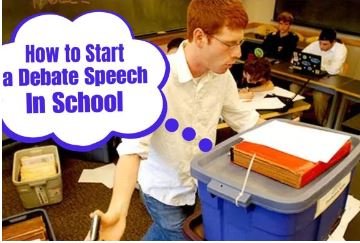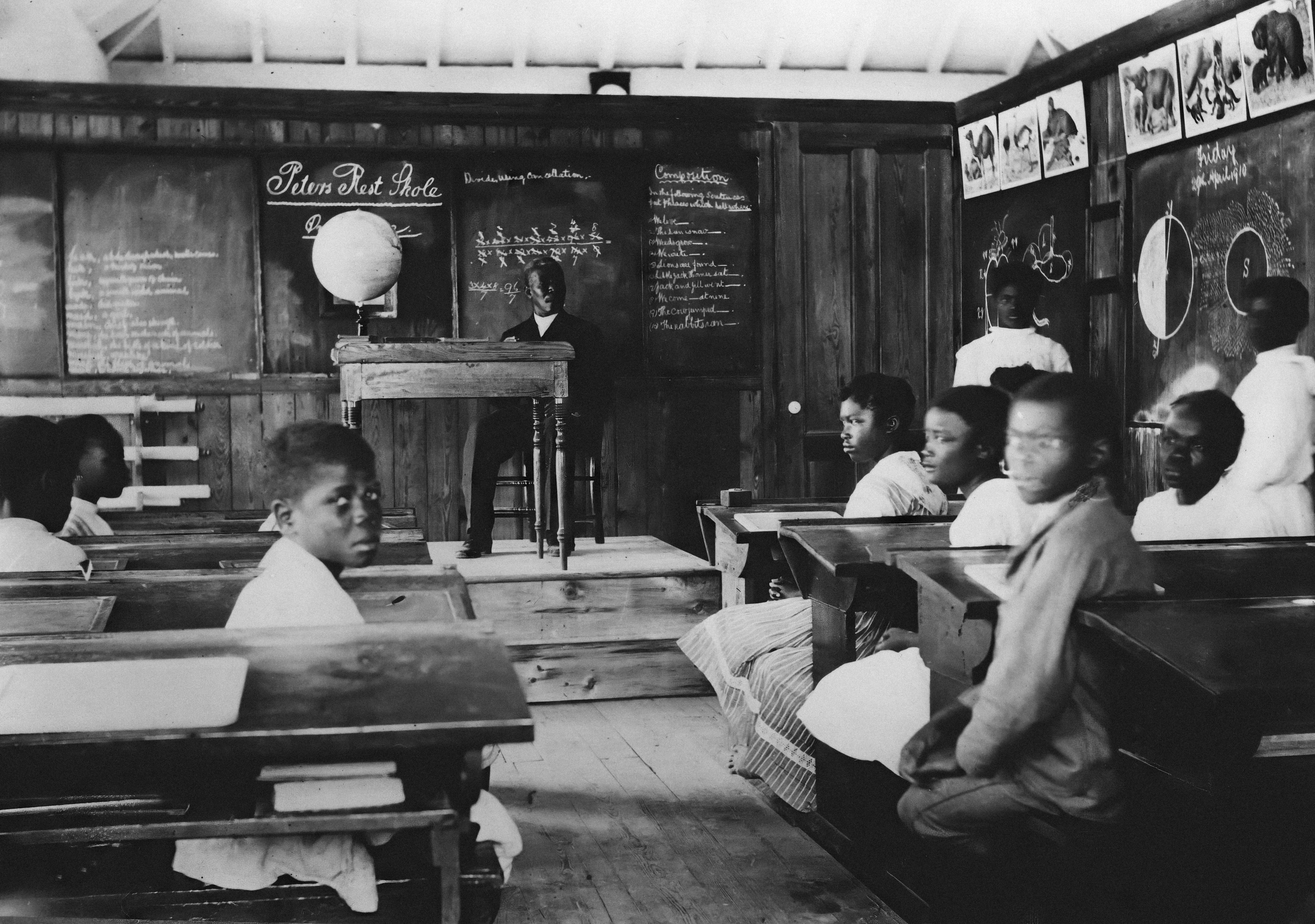
How to Start a Debate Speech in School (The Best Way to Go About It)
Debate speeches are formalised arguments when two teams face off on a topic. School competitions need a good debate speech introduction that impresses the judges and engages the audience throughout a debate. Your opening lines will determine if the audience will stay focused on your speech.
A debate speech needs a strong introduction that explains and grabs the audience. Your introduction needs to tell your audience your opinion through a transition that leads to the main arguments. People should start a debate speech with an attention grabber followed by a greeting and then the topic and then their position. The combination of these elements puts a speech together that hooks the audience from the start.
This article explains the importance of debate speeches and then explains the introduction elements and hook methods with a practical example to make it clear. So you can have an effective speech for school competitions and classroom debates.
How to Start a Debate Speech in School (The Best Way to Go About It)
1. By Knowing the Main Purpose of a Debate Speech
Two or more people talk formally to present opposing arguments about a topic in a debate. Schools promote debates because it helps students to build analytical skills and research skills together with public speaking skills. A debate speech needs to be structured because debaters have to present a logical defence or opposition to a motion.
A debate speech introductory section is crucial because it sets the foundation for the main argument. Your introduction should give the audience and judges an understanding of your standpoint and the framework for the rest of your message.
2. By Knowing What a Good Debating Speech Introduction Contains
A well-structured debate introduction has four key elements:
The Hook
The first part of the speech should have a hook because it engages the audience. The opening statement should make the audience want to hear your case. Hooks can be:
- A thought-provoking question
- A surprising statistic
- A relevant quote
- A short, punchy story
The Greeting
Any debate speech starts with a greeting to show respect to all the audiences. You should greet the judges along with both the audience and your opponents. The greeting is “Good morning to all respected judges along with my fellow debaters and esteemed audience members.”
Introducing the Topic
Welcome everyone and state the topic. We are here today to debate on social media regulations that would fight misinformation.
Declaring Your Stand
Your stand should be a single or double sentence statement. When I start the debate I decide to defend social media freedom because freedom of speech and personal freedom matter to my argument.
Have to create an Engaging Hook for a Debate Speech in School
When you use a strong hook in your introduction your audience will be drawn to your debate so they will want to listen to your arguments. Here are the different hook types with examples:
1. Start with a Rhetorical Question, for example – “Have you ever wondered how much control the government should have over what we read and share online?”
2. Make use of an Outstanding Statistic, for example – “Did you know that 67% of people get their news from social media, yet nearly 40% of that information is misleading?”
3. Always reference an Expert or an authority. For example you can say something like this – “As John F. Kennedy once said, ‘The great enemy of truth is very often not the lie, but the myth.’ This applies to today’s debate on social media regulation.”
**4. Try to tell a little story along the way – an example of such story can be so thing like – “Imagine a student spreading false information about a classmate on social media. The damage is done before the truth is revealed. Should platforms step in to regulate such content?”
What to Do and What to Avoid While Creating a Hook
- Do: Make it relevant to the topic.
- Don’t: Use overused phrases like “Since the beginning of time…”
- Do: Keep it brief and powerful.
- Don’t: Confuse your audience with complex language.
How to Structure Your Debate Introduction for Maximum Impact
To make a smooth and logical flow follow this:
- Start with a hook – Get the audience’s attention.
- Say hello – Acknowledge the judges and audience.
- Introduce the topic – Clearly state what the debate is about.
- State your position – Say it confidently.
- Transition – Lead into your arguments.
What to Watch Out for
- Being too vague – Your stance should be clear from the get go.
- Overloading – Keep it short.
- Speaking too fast – Pace yourself.
- Using weak language – Avoid phrases like “I think” or “Maybe.”
How a Well-Structured Debate Speech Introduction Should Look Like
Example Topic:
Topic: Should school uniforms be compulsory?
Hello everyone, my dear judges, my co-debater, and my esteem audience. What will it look like if you attend a school where students are allowed to put on whatever they like? How well will it look like to see some in formal attire, others in casual wear. Would that create unity or division? Today we are debating whether school uniforms should be compulsory. I support the motion that says school uniforms should be compulsory because these rules bring discipline together with fairness and school pride among students. Below are the advantages uniforms bring to schools and their students.
Conclusion
A good debate speech starts with a hook followed by a greeting and topic clarification and debater’s stance. A hook allows you to deliver a persuasive message. These two will help you have a strong opening statement that sets you up as a leader in any school discussion. Practice the speech while looking at your audience and deliver it with authority. Your preparation and confidence framework will make an impact to everyone listening to your argument.
Another Useful Article:
What is Drug Education and How is it Helpful to Student







